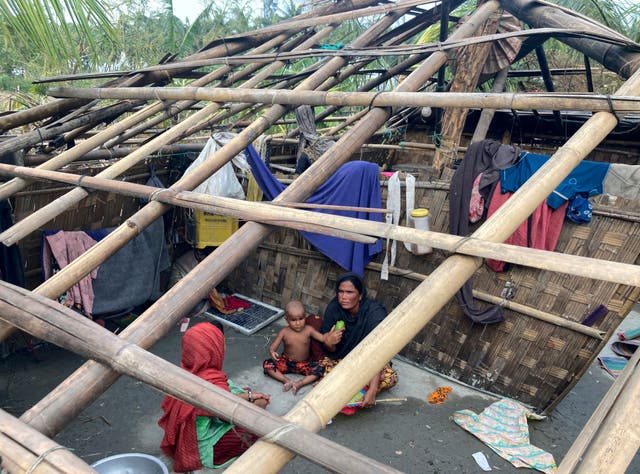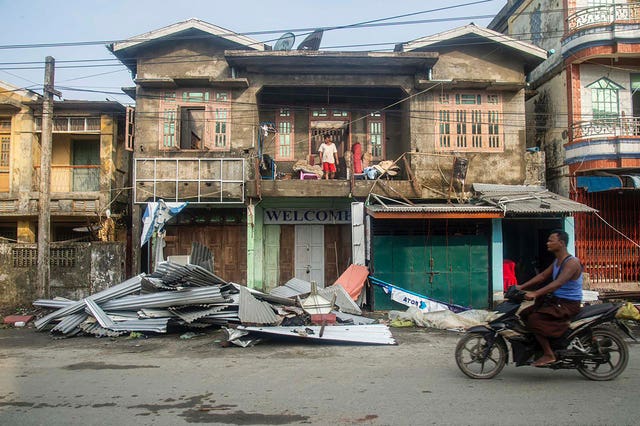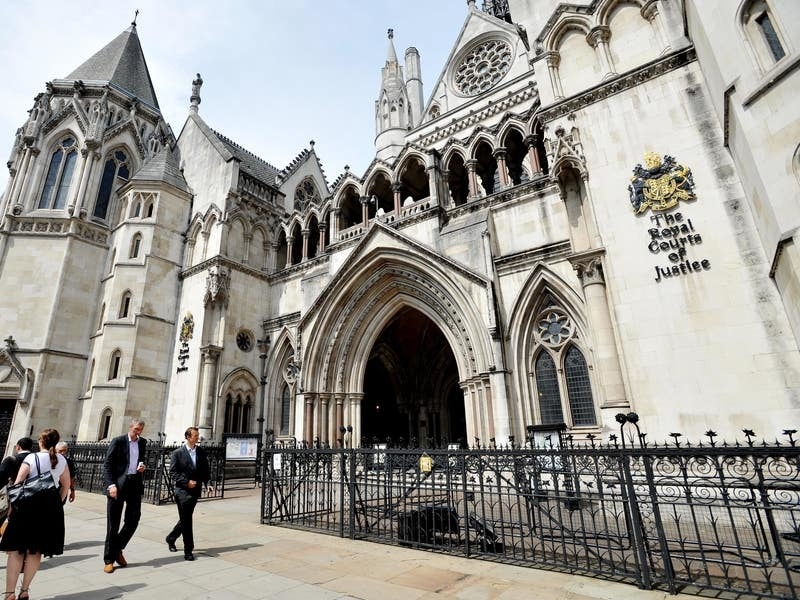The official death toll from the powerful cyclone that struck Myanmar has risen to at least 145, including 117 members of the Muslim Rohingya minority, state television reported.
Broadcasters said the figure applied to the western state of Rakhine, where Cyclone Mocha did the most damage, but did not say how many storm-related deaths there have been in other parts of the country.
The accounting of casualties from the cyclone has been slow, in part due to communication difficulties in the affected areas and the military government’s tight control over information.
The government has said that unofficial death tolls surpassing 400 are false, but in the absence of independent confirmation, uncertainty remains about the actual extent of casualties and destruction.

The cyclone, the nation’s most destructive in at least a decade, brought widespread flash floods and power outages, while high winds tore roofs off buildings and crumpled mobile phone towers.
“Millions of people live in the path of the cyclone and a massive effort is now underway to clear debris and provide shelter to those whose homes have been damaged or destroyed,” the United Nations Office for the Coordination of Humanitarian Affairs said on Thursday.
“Coastal Rakhine took the heaviest hit from the cyclone with severe impacts across the northwest and some damage in Kachin (state) also reported.”
Friday’s report on MRTV state television said four soldiers and 24 local residents in Rakhine, in addition to the 117 Rohingya, had been killed, blaming the deaths on people refusing to evacuate their homes despite warnings from the authorities before the storm hit.

Its reports identified the Rohingya as “Bengali” – the official designation used for the minority group to suggest they immigrated to Myanmar illegally.
Rohingya have lived in Myanmar for generations, but they are not recognised as an official minority there and are denied citizenship and other basic rights.
The Rohingyas caught in the storm lived mostly in crowded displacement camps, to which they were moved after losing their homes in a brutal 2017 counter-insurgency campaign led by Myanmar security forces.
Their ramshackle housing on low-lying land was battered on Sunday by a storm surge.
More than 700,000 other Rohingya fled in 2017 to refugee camps in neighbouring Bangladesh, which also had damage from the cyclone but reported no deaths.






